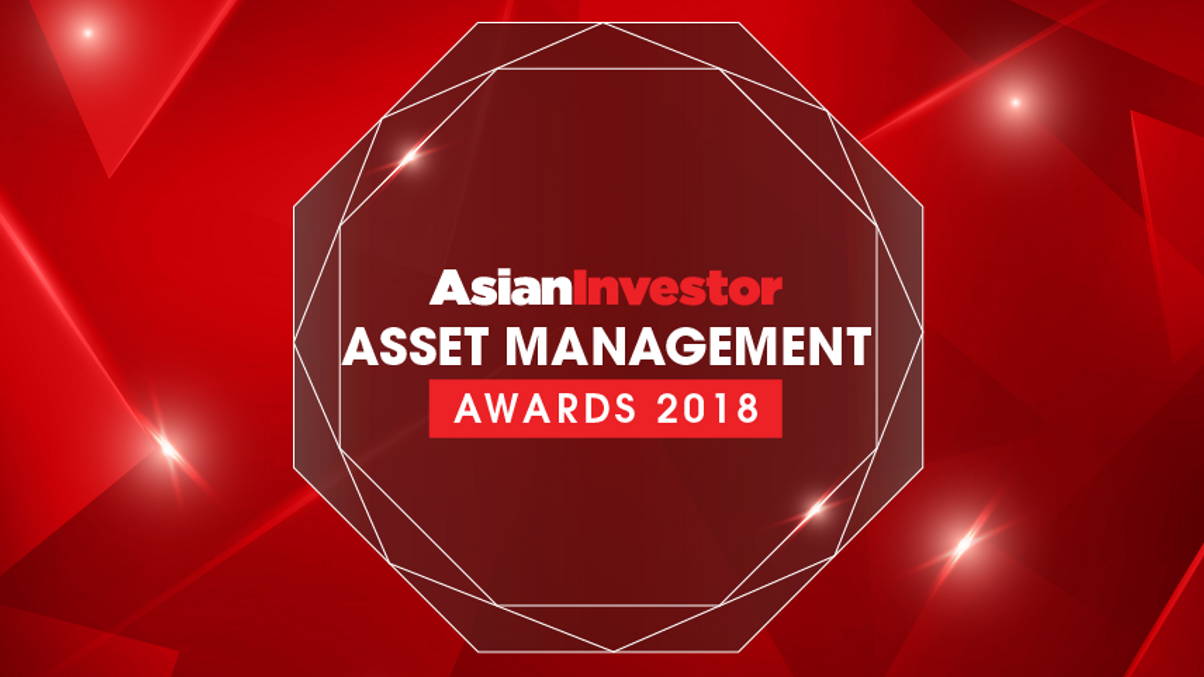award
AsianInvestor’s best alt funds, COO and asset manager
We reveal the winning alternative investment funds, Asia's top chief operating officer among asset managers, and the top Asia fund house and best asset manager for 2018.

AsianInvestor is pleased to announce the final set of winners for our annual Asset Management awards. For our awards dinner on May 31, we revealed the three funds to win our alternative fund categories in the asset class portion of our awards, as well as announcing the chief operating officer of the year.
Sign In to Your Account
Access Exclusive AsianInvestor Content!
Please sign in to your subscription to unlock full access to our premium AI resources.
Free Registration & 7-Day Trial
Register now to enjoy a 7-day free trial—no registration fees required. Click the link to get started.
Note: This free trial is a one-time offer.
¬ Haymarket Media Limited. All rights reserved.


